Blog
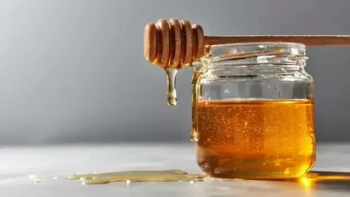
Mastering the Craft: A Professional's Guide to Calibrating Your Honey Refractometer
1 week agoLearn More
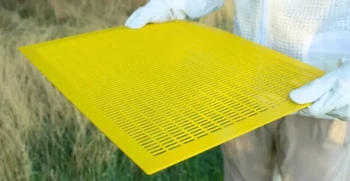
Plastic Queen Excluders vs. Alternatives: A Beekeeper’s Guide to Smarter Hive Management
1 week agoPlastic queen excluders offer lightweight, rust-free durability & thermal stability for beekeepers. Compare benefits vs. metal/wood alternatives.
Learn More

How Plastic Foundation Boosts Beekeeping Efficiency: Cost, Durability & Pest Control
1 week agoPlastic foundation boosts beekeeping efficiency with cost savings, durability, and pest control. Upgrade your apiary for sustainable honey production.
Learn More
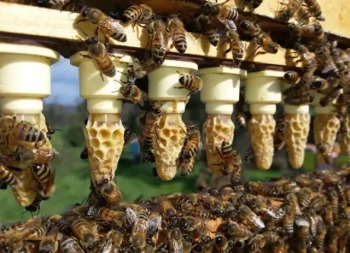
How Jenter and Nicot Systems Revolutionize Queen Rearing Efficiency
1 week agoDiscover how Jenter and Nicot systems boost queen-rearing efficiency with graft-free technology, higher success rates, and labor savings for beekeepers.
Learn More
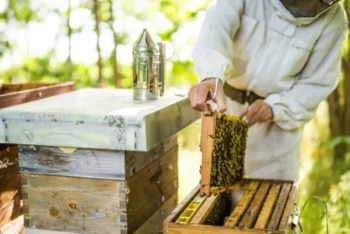
How to Optimize Your Bee Smoker for Safer, More Efficient Beekeeping
1 week agoLearn how to optimize your bee smoker for safer, more efficient beekeeping with tips on material selection, fuel efficiency, and maintenance.
Learn More

How to Use a Bee Brush Safely: Protecting Bees While Managing Your Hive
1 week agoLearn safe bee brush techniques to protect bees while managing hives. Tips on bristle types, handling, and alternatives for ethical beekeeping.
Learn More
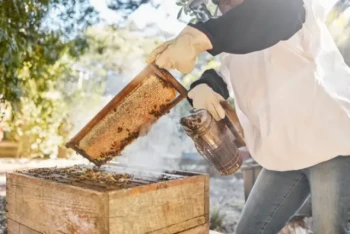
How to Use Bee Smokers Effectively: Calming Colonies Without Triggering Aggression
1 week agoLearn how to use bee smokers effectively to calm hives without triggering aggression. Master smoke timing, fuel types, and safe techniques for beekeeping.
Learn More

How to Master Your Beekeeping Smoker: Safe Operation & Optimal Fuel Choices
2 weeks agoLearn safe beekeeping smoker operation, fuel choices, and maintenance tips for efficient hive management and bee safety.
Learn More
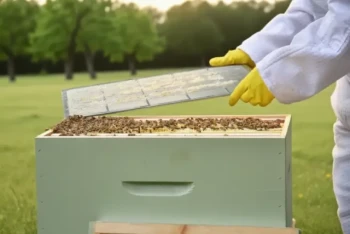
How to Use Queen Excluders for Maximum Honey Yield Without Harming Bees
2 weeks agoLearn science-backed strategies for using queen excluders to maximize honey yield while protecting bee health and colony productivity.
Learn More

How Queen Excluders Optimize Hive Productivity and Honey Quality
2 weeks agoLearn how queen excluders optimize hive productivity and honey quality in modern beekeeping. Discover mechanics, benefits, and best practices.
Learn More

How Stored Honey Frames Accelerate Colony Recovery: A Beekeeper’s Guide
2 weeks agoLearn how stored honey frames boost spring colony recovery with science-backed strategies for beekeepers. Enhance survival & brood production.
Learn More

How to Transition Hive Frames Safely Without Disrupting Colony Health
2 weeks agoLearn how to transition hive frames safely with science-backed strategies for material selection, phased implementation, and colony health monitoring.
Learn More
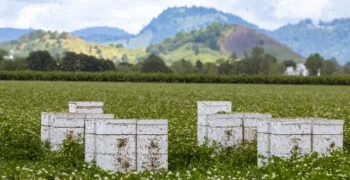
How to Choose the Best Beehive Type for Your Climate and Terrain
2 weeks agoLearn how to choose the best beehive type for your climate and terrain, with insights on insulation, durability, and hive performance.
Learn More
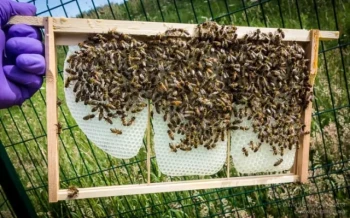
Why Wooden Beehive Frames Outperform Alternatives: Science, Sustainability, and Beekeeper Experiences
2 weeks agoDiscover why wooden beehive frames outperform plastic alternatives in sustainability, bee health, and cost-efficiency for modern beekeeping.
Learn More
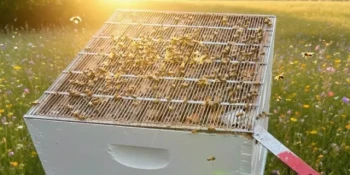
How to Optimize Queen Excluders for Healthier Bees and Better Honey Harvests
3 weeks agoLearn science-backed strategies to optimize queen excluders for healthier bees and better honey harvests. Balance productivity and bee welfare.
Learn More
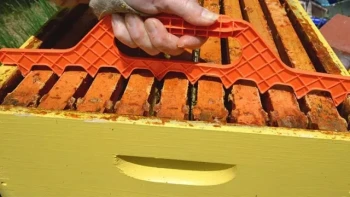
How Bee Space Dictates Hive Success: Science-Backed Management Strategies
3 weeks agoLearn how maintaining the precise 5/16" bee space in hives boosts colony health, reduces swarming, and increases honey yields. Science-backed strategies.
Learn More
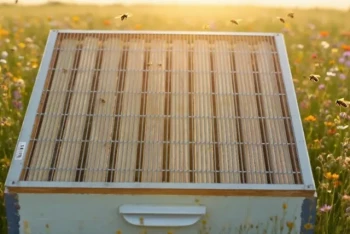
How to Optimize Queen Excluder Placement for Healthier Hives and Higher Honey Yields
3 weeks agoLearn how to optimize queen excluder placement for healthier hives and higher honey yields with expert beekeeping tips.
Learn More
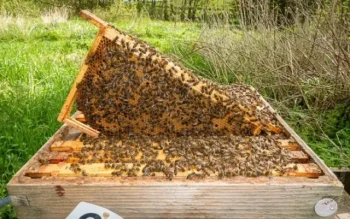
How Wooden Frames Deliver Better Long-Term Value for Commercial Beekeepers
3 weeks agoWooden frames offer commercial beekeepers long-term durability, hive health benefits, and sustainability over plastic alternatives.
Learn More

How Honey Bottle Designs Combine Convenience, Safety, and Sustainability
3 weeks agoExplore modern honey bottle designs that balance convenience, safety, and sustainability for mess-free use and eco-friendly packaging.
Learn More
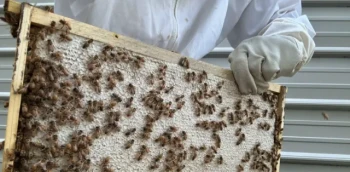
How Manual Embossing Machines Elevate Honeycomb Quality for Beekeepers
3 weeks agoManual embossing machines enhance honeycomb precision for beekeepers, improving colony health and honey yield with durable, adaptable tools.
Learn More
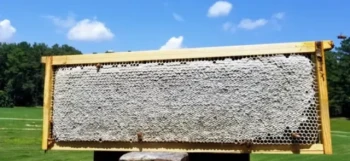
How to Optimize Hive Productivity with Proper Comb Foundation Implementation
3 weeks agoBoost hive productivity with proper comb foundation techniques—learn wax vs. plastic comparisons, installation methods, and seasonal timing tips.
Learn More
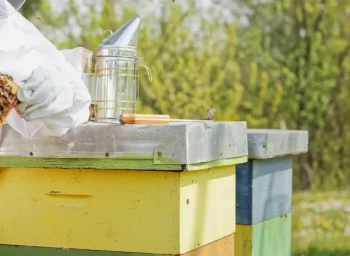
How to Use Smoke for Hive Management: Science-Backed Techniques for Beekeepers
4 weeks agoScience-backed guide on using smoke for hive management: disrupts alarm pheromones, triggers calming reflexes, and reduces bee stress. Optimize your beekeeping today.
Learn More
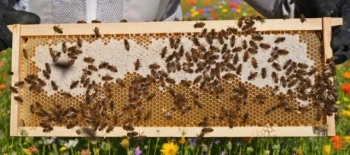
How Beekeepers Can Choose the Right Comb Reinforcement for Hive Health and Durability
4 weeks agoLearn how to choose the best comb reinforcement for hive durability and bee health. Compare materials, climate adaptations, and installation tips.
Learn More
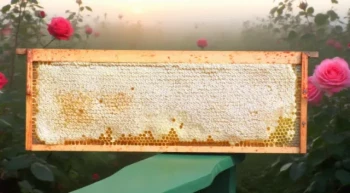
How to Harvest Honeycombs Efficiently Without Compromising Quality or Bee Health
4 weeks agoLearn efficient honeycomb harvesting techniques that maximize yield while ensuring bee health and honey quality. Essential guide for beekeepers.
Learn More
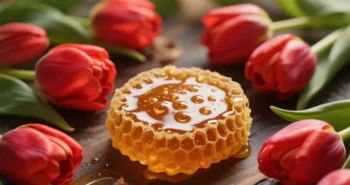
How Comb Architecture Dictates Hive Productivity: A Beekeeper's Guide
1 month agoLearn how honeybee comb architecture impacts hive productivity, from hexagonal cell efficiency to seasonal comb allocation strategies for beekeepers.
Learn More

How to Prevent Cross-Combing in Foundationless Hives: A Beekeeper’s Guide
1 month agoLearn how to prevent cross-combing in foundationless hives with expert tips on frame spacing, comb alignment, and safe correction methods.
Learn More
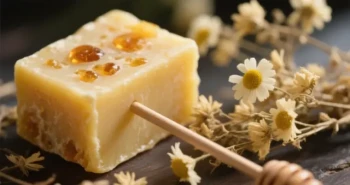
How to Boost Wax Production in Bees During Nectar Shortages: 3 Proven Methods
1 month agoLearn 3 science-backed methods to boost bees' wax production during nectar shortages—syrup ratios, pollen patties, and brood management.
Learn More

How Beekeepers Turn Wax Cappings From Waste to Profit
1 month agoDiscover how beekeepers turn wax cappings into profit with sustainable processing methods and commercial applications. Boost revenue and reduce waste.
Learn More
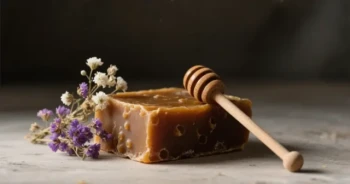
Electric Wax Melters: How Modern Technology Enhances Efficiency and Savings
1 month agoElectric wax melters enhance beekeeping efficiency with hybrid energy, precision thermostats, and cost savings. Ideal for commercial apiaries.
Learn More

How to Optimize Steam Wax Melting for Higher Yields and Safer Operations
1 month agoLearn professional techniques to optimize steam wax melting for higher yields, safety, and equipment longevity in beekeeping operations.
Learn More